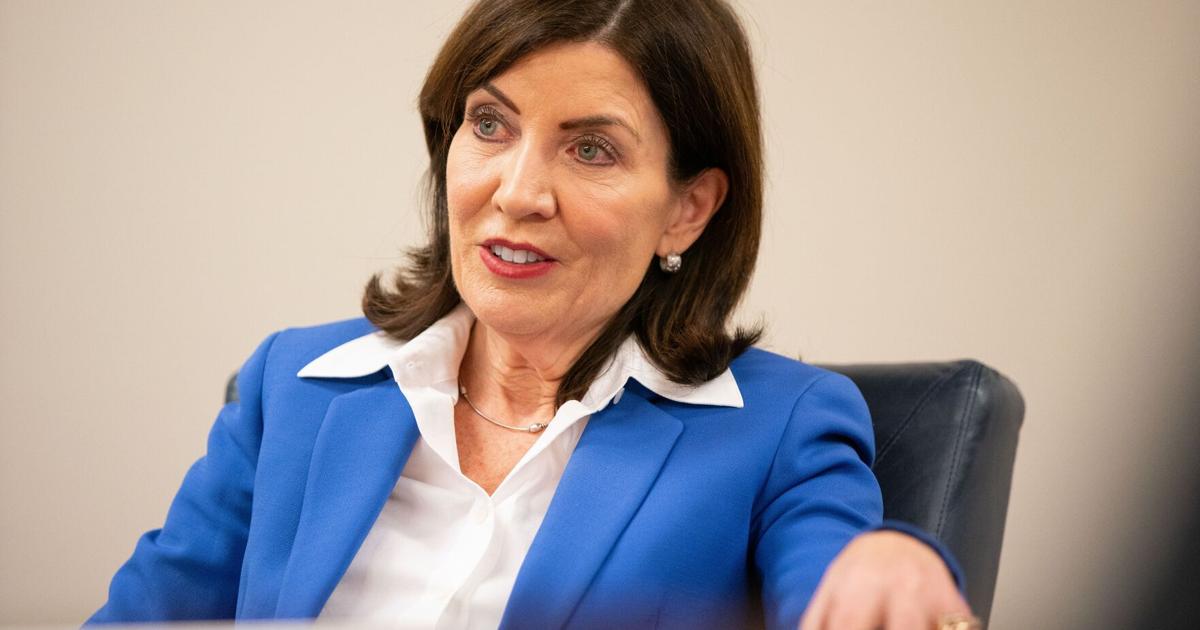-Chinese OEMs are the ones Elon talks of as the best competition;
-Chinese direct investment in electrical infrastructure, hydroelectrics, photovoltaics, Electric vehicles ( BYD -started with building electric busses in Brazil in 2015);
-Chinese construction of non-Chinese brands has resulted in faster market success that is largely ignored, e.g.. MG, Volvo, London taxi;
-Chinese battery and photovoltaics have grown to global dominance;
- Chinese infrastructure leaders such as State Grid are almost always led by local and/or non-Chinese expats, with the Chinese executives usually less visible. For example BYD in Brazil has a Brazilian leading executive whose face is often seen in news specials and interviews.
- The Chinese, as the largest global producer of renewables and autos continue to do very extensive effort to put a purely local face around the world, with such strategies as purely local production by locally consoled companies. one example os CAOA in Brazil unknown outside Mercosur but producer of Hyundai and Chery domestically and regular recipient of highest quality awards, so Chery has followed Hyundai as high sellers and consumer favorites.
I am mentioning more brazil for obvious reasons. Geely, though, has been highly successful with Volvo, which is Chinese-owned, small minority Swedish public.
The US and now EU are beginning to put trade barriers to Chinese development, but entities such as VAG, TSLA, MB, BMW and GM are all having excellent results there, so more efforts are happening to follow the pattern of arrangements such as that of CAOA in Brazil, to decrease susceptibility of political impediments.
One highly successful example of that is Canadian Solar:
Dr. Shawn Qu, Chairman, President and Chief Executive Officer founded Canadian Solar (NASDAQ: CSIQ) in 2001 in Canada, with a bold mission: to foster sustainable development and to create a better and cleaner earth for future generations by bringing electricity powered by the sun to millions of...
www.canadiansolar.com
It is strange that the only informed people who do NOT see the Chinese clearly seem to be North Americans. With ~75% of Amazon sales in US being Chinese origin we should begin to see what has happened.
In much of Africa, South America, large parts of Europe, most of Asia the problem is finding NON-Chinese high quality and cost effective products including cars and essentially everything renewable. Try finding an electric bus around the world with no major Chinese components.
For every one of us who are TSLA investors all we really need to do is look at Tesla Shanghai and Tesla sourcing of major components. That will establish that, at a minimum BYD and CATL are globally powerful competitors. Then, just ask Elon for his views, as he expressed them this week.
Each time we dismiss the most advanced and agile competitors we miss just how TSLA is one of very few to actually exceed them in some ways.
Finally, we credit TSLA with Giapress, jsutififiably. We also credit IDRA, justifiably. Then, most of us ignore that it was only Chinese ingenuity and determination that helped Tesla to accomplish that feat. A typically modern Chinese approach is to be found in IDRA and Volvo.
Perhaps it is natural to ignore just how important Chinese talent and innovation are to our own investments in TSLA.

 buffalonews.com
buffalonews.com



